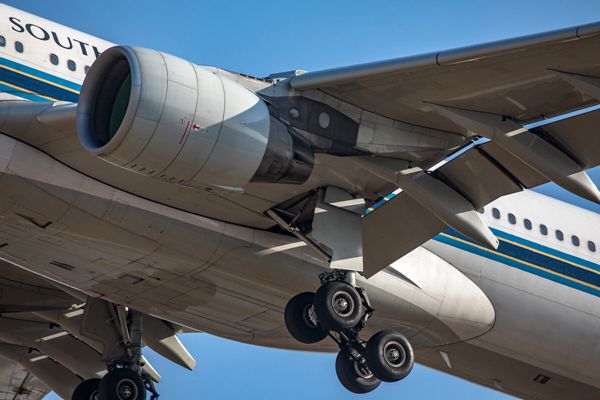Aluminum Alloy, a lightweight yet strong metal, has been playing an essential role in the development of aerospace engineering. Its unique combination of properties, such as high strength-to-weight ratio, corrosion resistance, and thermal conductivity, makes it an ideal choice for various applications in the aerospace industry. This article aims to explore the significance of aluminum in aerospace engineering and its various applications in this field.

Background
The aerospace industry has been constantly striving to improve the efficiency and reliability of air and space vehicles. One of the major factors that contribute to the performance of these vehicles is the materials used in their construction. Since the early days of aviation, aluminum has been recognized as a key material in the development of aircraft structures and components. Its widespread use in aerospace engineering can be attributed to its unique properties, which offer numerous advantages over other materials.
Advantages of Aluminum in Aerospace Engineering
High strength-to-weight ratio: Aluminum alloys have a high strength-to-weight ratio, which means they offer excellent strength without adding unnecessary weight to the aircraft. This is crucial in aerospace engineering, as reducing weight can lead to significant fuel savings and increased performance.
Corrosion resistance: Aluminum naturally forms a thin oxide layer on its surface, which provides a barrier against corrosion. This property is particularly important for aircraft that are exposed to harsh environmental conditions, such as high humidity and saltwater.
Thermal conductivity: Aluminum has high thermal conductivity, which allows it to dissipate heat effectively. This is essential in aerospace applications, where thermal management is critical to ensure the proper functioning of electronic systems and other heat-sensitive components.
Formability: Aluminum is easily shaped and formed, allowing for the fabrication of complex structures and components with relatively low production costs. This flexibility in design enables aerospace engineers to create lightweight, high-performance aircraft.
Applications of Aluminum in Aerospace Engineering
Airframe and fuselage: Aluminum alloys, such as 2024 and 7075, are extensively used in the construction of airframes and fuselages due to their high strength-to-weight ratio and corrosion resistance. They provide a lightweight yet robust structure, which is essential for maintaining the overall performance of the aircraft.

Wings and control surfaces: Aluminum is often used in the fabrication of wings and control surfaces, such as flaps and ailerons. Its ability to withstand high stresses and resist fatigue makes it an ideal material for these critical components.
Landing gear: The landing gear of aircraft is subject to immense loads during landing and takeoff. Aluminum’s high strength and durability make it a top choice for manufacturing these components, ensuring that they can withstand the rigorous demands of flight operations.
Engine components: Aluminum’s excellent thermal conductivity and corrosion resistance make it an ideal material for various engine components, such as heat exchangers and fuel tanks. These properties ensure that the engine operates efficiently and reliably, even under extreme conditions.
Spacecraft structures: Aluminum is widely used in the construction of spacecraft, including the International Space Station (ISS) and various satellites. Its lightweight nature and resistance to the harsh conditions of space make it a reliable choice for long-duration missions.
In conclusion, aluminum plays a vital role in aerospace engineering, offering numerous advantages in terms of weight reduction, corrosion resistance, and thermal management. Its diverse applications, ranging from airframes to engine components, demonstrate the immense value of this versatile material in the aerospace industry.
